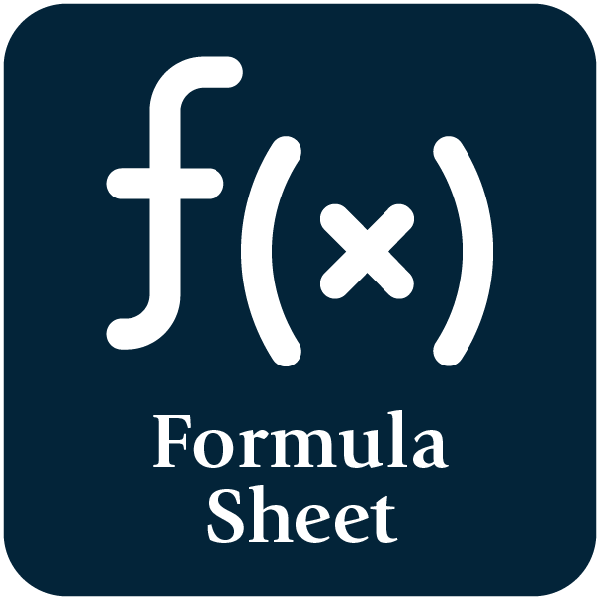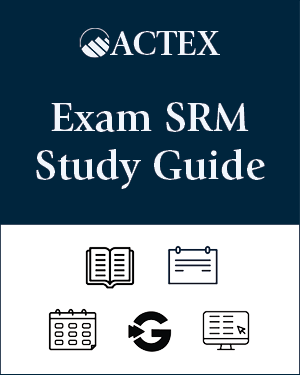Includes Study Manual, GOAL, Flashcards & Videos
Our study guide is the most recommended actuarial prep program. Search the interactive SOA Exam SRM (Statistics for Risk Modeling) study manual for different topics and toggle easily between concepts. Note: A printed version is available for purchase with your digital manual.
Our tutoring services connect you with expert actuaries and educators for personalized, one-on-one support. Each session is tailored to your goals, helping you master difficult concepts, strengthen problem-solving skills, and refine your exam strategy. With flexible scheduling, global availability, and seamless integration with our study materials, you’ll have the tools and guidance you need to pass with confidence.
Wondering how to study for Exam SRM? Practice efficiently with our robust database of questions and solutions and be prepared for the fundamentals of actuarial mathematics exam. Predict your success through GOAL's innovative scoring system. Pass the exam with confidence.
ACTEX Bootcamps provide a more individualized approach, allow you to ask questions in real time, and boost your last-minute learning. You'll review the harder topics on the exam, as well as common errors and exam strategy. All classes are recorded for future on-demand viewing.
Studies have shown video learning can lead to better retention. We offer 40 instructional videos—that's almost 7 hours of video for your SOA Exam SRM study material. A great way to deepen your learning on challenging topics and gain a variety of perspectives from our expert instructors.
Master key topics and formulas with our flashcards, which allow you to filter by topic. To help you direct your focus, each card is rated to indicate its importance on the exam.

Looking for Extra Preparation?
See what textbooks we have to offer to supplement your needs:
●Actuarial Statistics with R: Theory and Case Studies
●R for Actuaries and Data Scientists with Applications to Insurance
About Exam SRM
Exam SRM tests students' knowledge of methods and models for analyzing data including regression models, time series models, decision trees, and cluster analysis. Apply methods for selecting correct models for data analysis.
- 3.5 hour exam that consists of 35 multiple-choice questions
- It is offered via computer–based testing (CBT)
- SRM is offered 3x per year (January, May & September)














 IFoA Core Readings
IFoA Core Readings